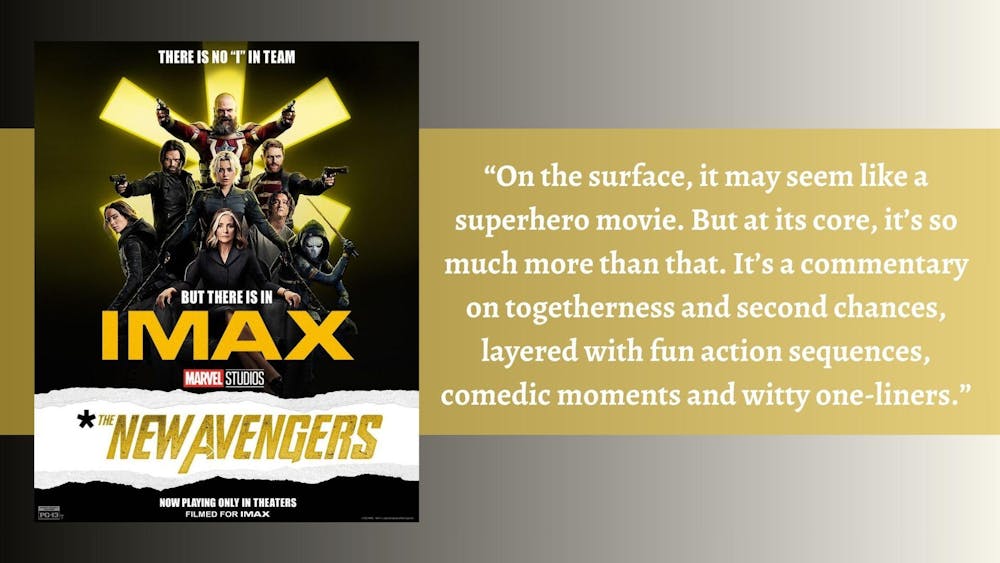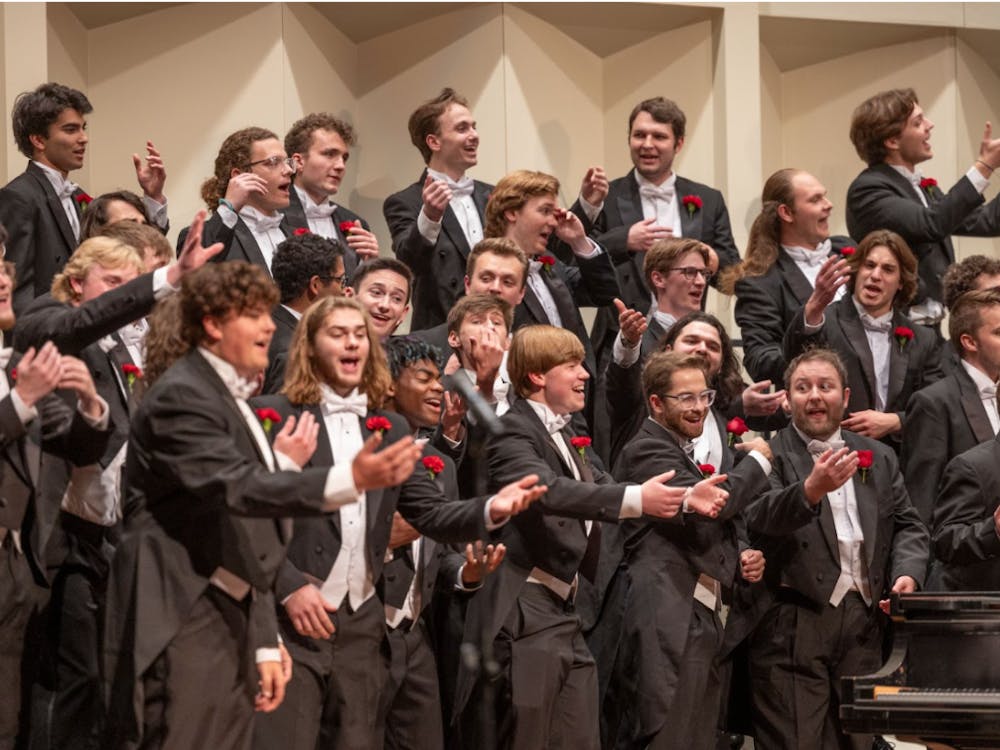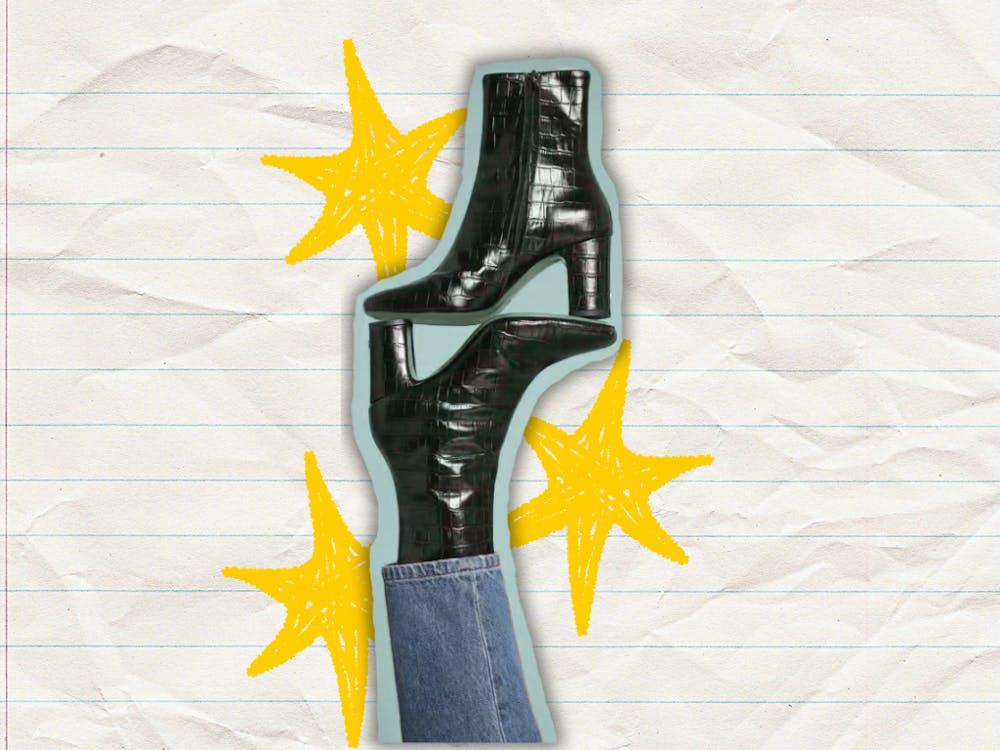When people see a Marvel movie, they can typically expect fun action sequences, some comedy and almost always, a post-credit scene. “Thunderbolts*” (now being marketed as “The New Avengers"), the latest addition to the Marvel Cinematic Universe (MCU), delivers all of that. Additionally, it also battles a new villain: mental health.
Released on May 2, Marvel’s “Thunderbolts*” stars Florence Pugh as Yelena Belova, Sebastian Stan as Bucky Barnes, Julia Louis-Dreyfus as Valentina Allegra de Fontaine, Lewis Pullman as Robert Reynolds, David Harbour as Alexei Shostakov, Wyatt Russell as John Walker, Hannah John-Kamen as Ava Starr and more.
The film follows an unlikely group of anti-heroes as they join forces against de Fontaine, the director of this universe’s CIA, as she tries to outrun inevitable impeachment for her involvement with Project Sentry, an illegal experiment.
Belova, Walker and Starr are all working for her as agents, but in de Fontaine’s eyes, they are the last bit of evidence linking her to the project. Because of this, she gives them one final assignment: to kill each other.
This plan quickly falls through as the group meets Reynolds and joins forces against her. Mel, de Fontaine’s assistant, informs her of this, and de Fontaine remarks that she couldn’t think of a worse group of people trying to work together.
After the group escapes de Fontaine’s trap, they are joined by Shostakov, Belova’s adoptive father, who picks them up in his Red Guardian limo service vehicle. Later, they meet up with Barnes and form the Thunderbolts, cleverly named after Belova’s childhood soccer team.
Unlike a typical superhero film, there is no evil supervillain. Instead, the villain they have to battle is depression. Reynolds struggles with his mental health throughout the film, and the void inside of him eventually humanizes, swallowing all of New York City with it.
Every character in the film struggles with something, and the group quickly realizes that in order to defeat this darkness, they need to rely on each other. Together, they aren’t alone — they’re more than just their past actions and losses.
Together, they can be heroes.
This movie has the charm of any ordinary Marvel movie, but it’s regarded as the best film since “Avengers: Endgame,” and there’s a reason why.
Not only does the film use practical effects whenever possible, making it much more visually appealing than some other projects (sorry, “Black Widow,” the CGI was not your friend), but it’s about more than superheroes.
The villain they face isn’t some made-up, fictional monster. Instead, it’s an antagonist we’re all forced to face in real, day-to-day human life. We all struggle with our mental health at some point, so, for once, we can actually relate to the film’s protagonists.
Enjoy what you're reading?
Signup for our newsletter
Not only that, but no one in the film fits the standard hero archetype. The protagonists of the film fall more under the anti-hero category. They all have rough pasts and have made mistakes, yet here they are, saving the world.
On the surface, it may seem like a superhero movie. But at its core, it’s so much more than that. It’s a commentary on togetherness and second chances, layered with fun action sequences, comedic moments and witty one-liners.
As the film promoted, they’re “not super. Not heroes. Not giving up.”
Rating: 8/10




